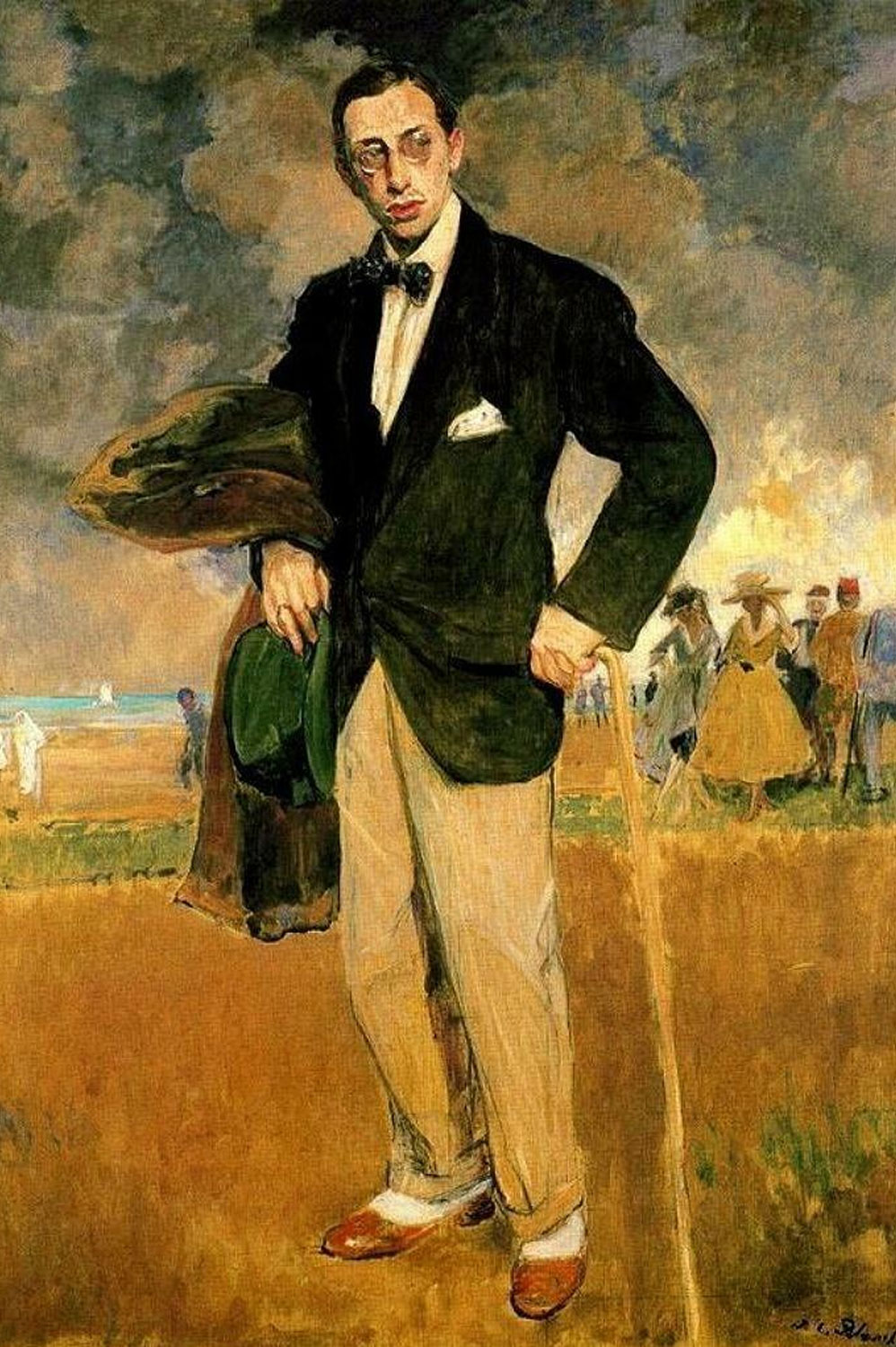Composer Profile
Igor Stravinsky (1882 - 1971) by Kristin Rasmussen

Igor Stravinsky (1882-1971) was a pioneering Russian composer best remembered for his ballets The Firebird, Petrushka and the riot-inducing The Rite of Spring. The majority of Stravinsky's life was spent outside of Russia, particularly in France and later the United States, both of which granted the composer citizenship. Today, we laud Stravinsky as one of the most significant composers of the 20th century and a crucial figure in modernist music.
Born into a musical family near St. Petersburg, Russia, Stravinsky grew up taking piano and music theory lessons. His father was a noted operatic bass, and music was a natural part of the environment Stravinsky grew up in. At the fin de siècle he found himself at the University of Saint Petersburg studying law and continuing his lessons in harmony and counterpoint. Here, he met Vladimir Rimsky-Korsakov, and through this connection landed himself a mentorship with the famed Russian composer Nikolai Rimsky-Korsakov. Though his mentor's stylistically restrictive environment was cramping for the young composer, he later credited it as a necessary tool in building the foundation of his later style.
Following Rimsky-Korsakov’s death in 1908, Stravinsky’s compositional career can be divided into three distinct periods. His Russian period (1909-1920), his neoclassical period (1920-1951) and finally his serial period (1954-1968). Stravinsky’s international renown began at the outset of his Russian period, with the composition and premiere of The Firebird (1910), the first in a series of ballets commissioned by impresario Sergei Diaghilev. After this came the Petrushka (1911) and The Rite of Spring (1913) whose illustrations of Russian primitivism through jerked movements, discordant harmonies, and serrated rhythms caused mass uproar during the work's premiere, and as American Musicologist Thomas Kelly put it, "the pagans on stage made pagans of the audience." These pieces, along with Renard (1916) and L’Histoire du soldat (1918), demonstrate the strong impact of traditional Russian styles and folklore at this stage of his life.
Stravinsky's neoclassical period began about 1920 and concentrated on 18th-century themes and techniques and his modernization of these older compositional forms. Stravinsky frequently employed Greek mythology in his works, including Oedipus rex (1927), Persephone (1935), and Orpheus (1947). His experimentation with conventional classical techniques and forms is highlighted in his 1923 Octet for wind instruments, which modernizes the traditional sonata form by removing the typical subject arrangement and tonal relationships, and his jazz-influenced Ebony Concerto (1945), which combines big-band orchestration with Baroque harmonies and forms. The 1951 opera The Rake's Progress, with its connections to Greek mythology and compositional influences from Mozart, marked both the end and peak of his neoclassical period.
Stravinsky’s final compositional period, the serial period, was distinguished by a dark and bass-heavy orchestration style and his experimentation with serial composition, focusing particularly on Arnold Schoenberg’s twelve-tone technique. Though significantly influenced by Schoenberg, Stravinsky's approach to the twelve-tone technique was distinct; his looser approach allowed for pitch repetition and even rearranging of entire tone rows. Though his experimentation with serialism began with smaller works in the early 1950s, his ballet Agon (1954-57) was the first of his works to incorporate a twelve-tone row, and the second movement of the Canticum Sacrum (1956) was his first piece to have a movement based wholly on a tone row. This period of his compositional career was also noted by his abundant use of biblical themes, as evident in works such as A Sermon, a Narrative and a Prayer (1961), The Flood (1962), and his final major composition, Requiem Canticles (1966). Five years later, Stravinsky would pass in New York, and his remains would later be interred on the cemetery island of San Michele, only a few yards away from the grave of his long-time friend, Sergei Diaghilev.
Stravinsky, half a century later, continues to inspire and provide method for young composers of all styles. Musicologist Stephen Walsh refers to the composer as a “pre-postmodern composer, who exploited the diversity and impersonality of the modern age not in any jaded or dissolute spirit but in order to meet its challenges and survive its menaces.” Though many modernist approaches, such as twelve-tone technique, fell out of favor after his death, Stravinsky’s corpus has continued to stand out as an oeuvre of singular inventiveness.